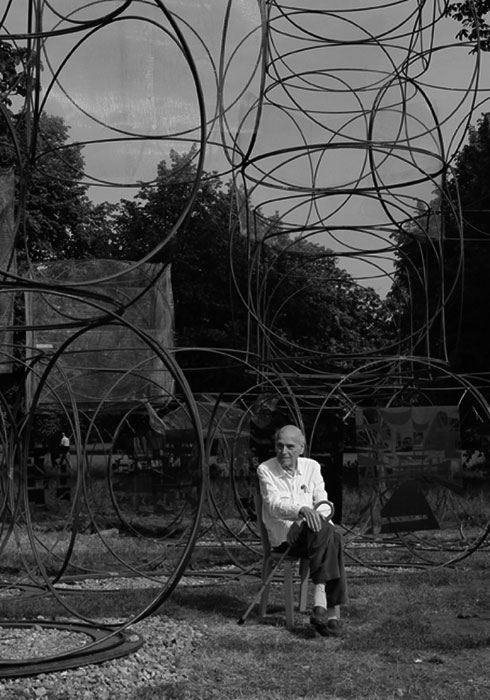Yona Friedman, the Hungarian-born architect who developed urban living designs based on the concept of mobility, has died. Friedman is best known for his ambitious 1958 design project he constantly refined throughout his career, Ville Spatiale (Spatial City), which allowed for infinite structural outcomes.
Friedman was born in Budapest, where he trained as an architect before moving to Haifa, Israel and beginning his career. It was here that he began developing his theory of mobile architecture upon recognising an increasing need to create unobtrusive living spaces in rapidly growing cities. His 1956 text Manifeste de l’architecture Mobile was the founding document of the Mobile Architecture Study Group (GEAM), formed in 1958 with fellow architects such as Frei Otto and Werner Ruhnau. He moved to Paris in 1957, where he lived and worked for the rest of his life. His design ideas, taking the form of drawings, film or text, were widely exhibited internationally. He enjoyed over twenty-five solo exhibitions, showing at institutions such as De Appel, Kunsthaus Bregenz, and the Institut français d’architecture. He also took part in a number of group shows, namely the 53rd Venice Biennale and the 11th edition of Documenta. In 2016 Friedman designed and built a summer house, commissioned by the Serpentine Galleries for its annual architectural pavilion programme.
Galleria Massimo Minini in Brescia, who represented Friedman, is currently exhibiting his work. Sculpting the void is on view until 28 March 2020.
21 February 2020
